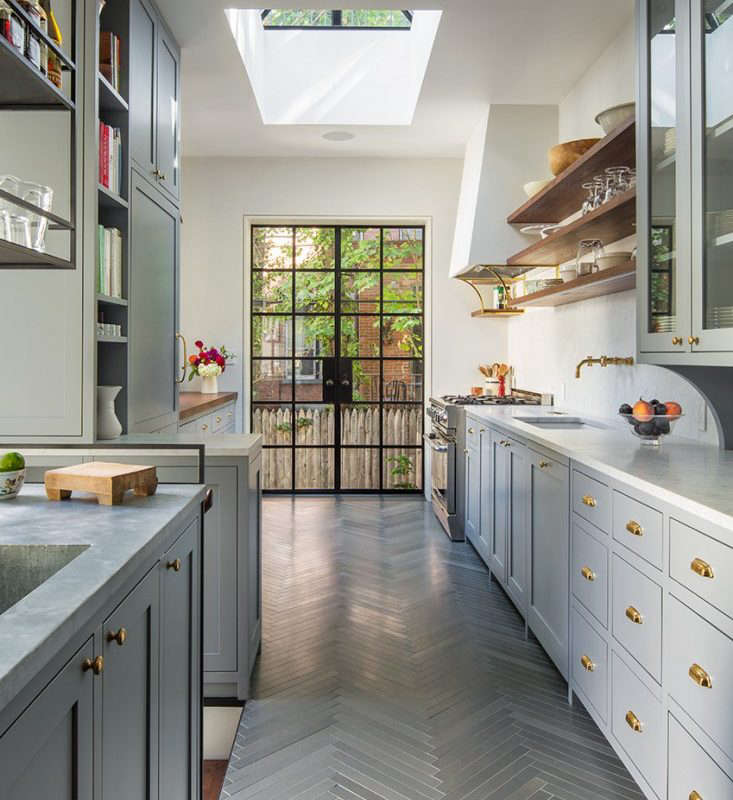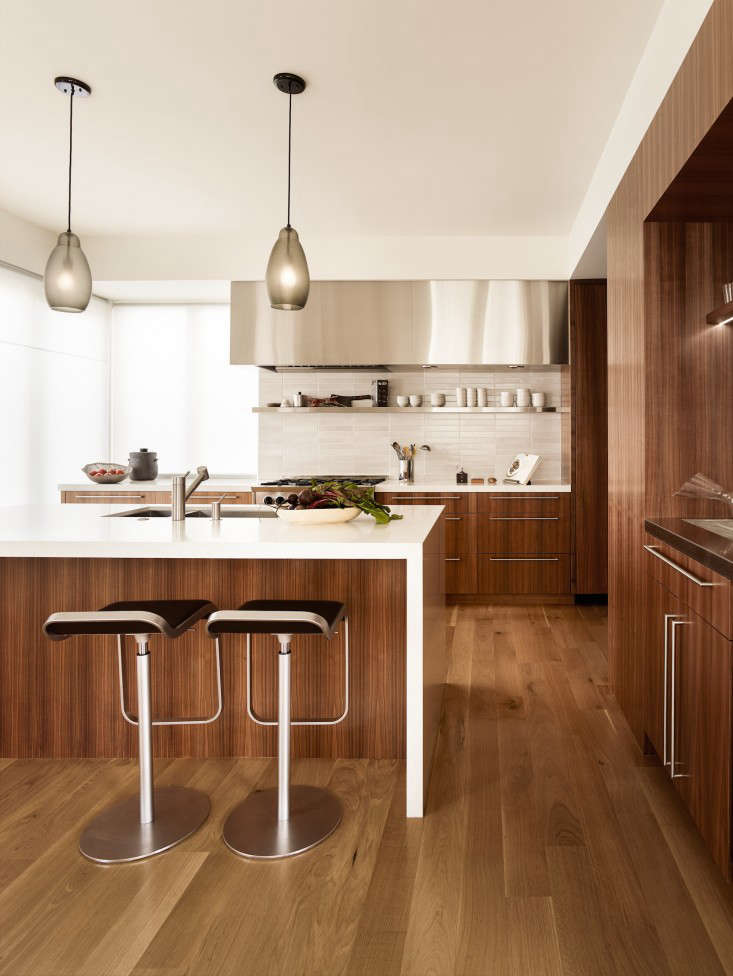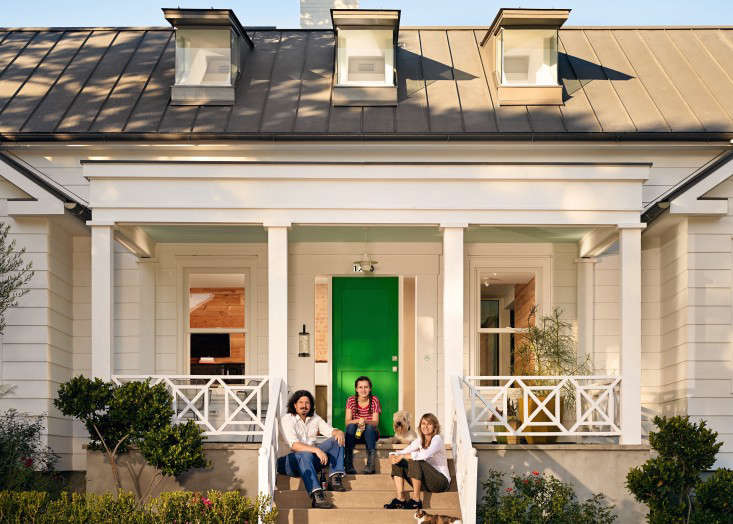Partial to the open airiness of loft like spaces, but constrained by your architecture? Jennifer Beningfield founding principle of London based architecture firm Openstudio, gives us her tips on working with what you have to achieve loft-like living, even within a minimal budget. She is available for the next 48 hours to answer any and all questions. Ask away!
More often than not, urban living requires you to make do with what you have as opposed to start from ground up. And in this case, the apartment was a typical London house conversion with a series of compartmentalized rooms divided by doors; a sure fire way to make 900 square feet seem smaller than it actually was. Without actually moving interior walls, Beningfield of Openstudio Architects (she’s a member of the Remodelista Architect/Designer Directory) has transformed this one-bedroom apartment into a fluid and generous, light-filled space. Her knowledgeable and expert tips unfold below.
Photography by Richard Bryant of Arcaid.

Above: “Moving through the flat also became more fluid, as the openings in the walls allow different entry and exit points into and out of the spaces,” Beningfield says. “Relatively minor changes to the interior walls therefore result in an alteration to the way in which the spaces are used and experienced, as well as to the quality of light in the rooms.”

Above: The kitchen counter is made of solid reclaimed teak, selected for its ability to withstand moisture. “The teak was expensive and difficult to source, but we didn’t require that much of it as the cabinets are all teak veneer,” Beningfield says.

Above: Half of the project’s budget was put into the millwork. “We used good materials in an intelligent way to make something looked luxurious,” Beningfield says. “And everything else was very pared down.” The floor-to-ceiling teak doors were too tall to bring up the stairs of the Victorian house. Instead the doors were designed to be made up in three different sections and put together on site. The doors slide over to hide the kitchen when required.

Above: On all her projects, Beningfield advocates limiting the number of materials and colors in the palette. With a small project in particular, this restraint helps the space flow freely without appearing too busy.

Above: With an eye on the budget, Beningfield used rubber tiles on the floors throughout, which enhances the fluidity of the space between rooms. The white cabinets in the hall and bedroom are the same design as the teak cabinet in the living room, but constructed with different materials, keeping things simple and unified.

Above: The bedroom and study have a calmer feel achieved through a neutral palette.

Above: Working on the principle of “borrowed” light, Beningfield stopped any of the interior walls from hitting the perimeter walls. “By opening up areas of the wall, from floor to ceiling, and creating frameless openings, the apartment appears much more spacious than it actually is,” she says.

Above: Beningfield’s clients have an eclectic and ever-changing artifact collection from their love of travel. They now have a home with timeless and enduring architectural bones in which to change their collection as and when they see fit.

Above: In the bathroom, Beningfield uses a glass mosaic tile on all the surfaces.

Above: The project is on the second-floor London Victorian house that has been converted into several apartments.
N.B. Considering flooring options? See 1790 images of Floors in our Gallery of rooms and spaces.




Have a Question or Comment About This Post?
Join the conversation (24)